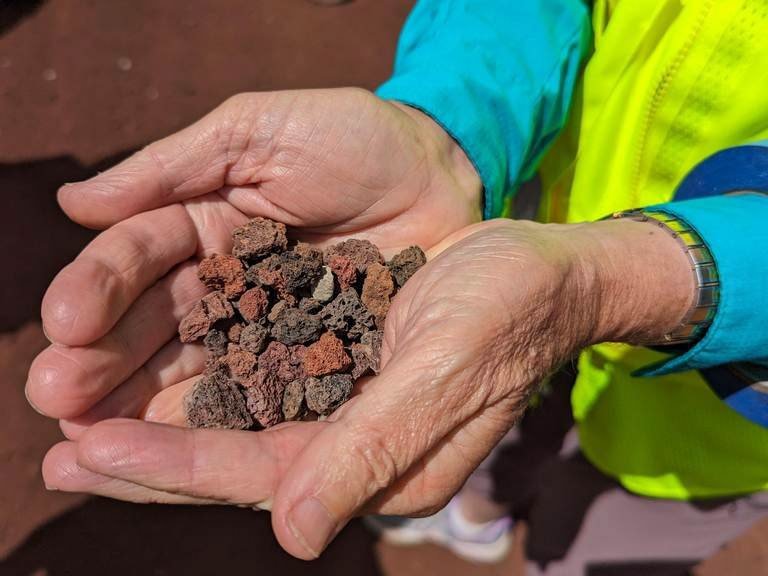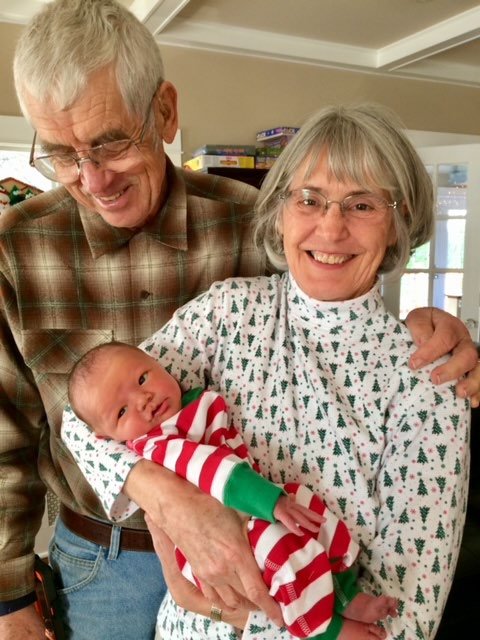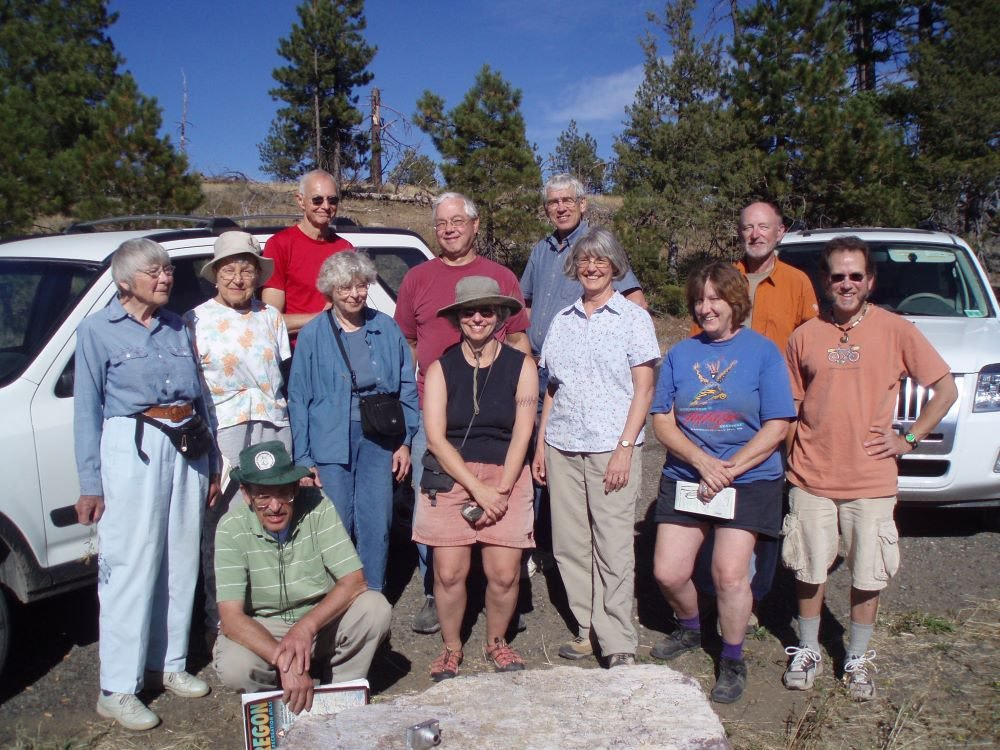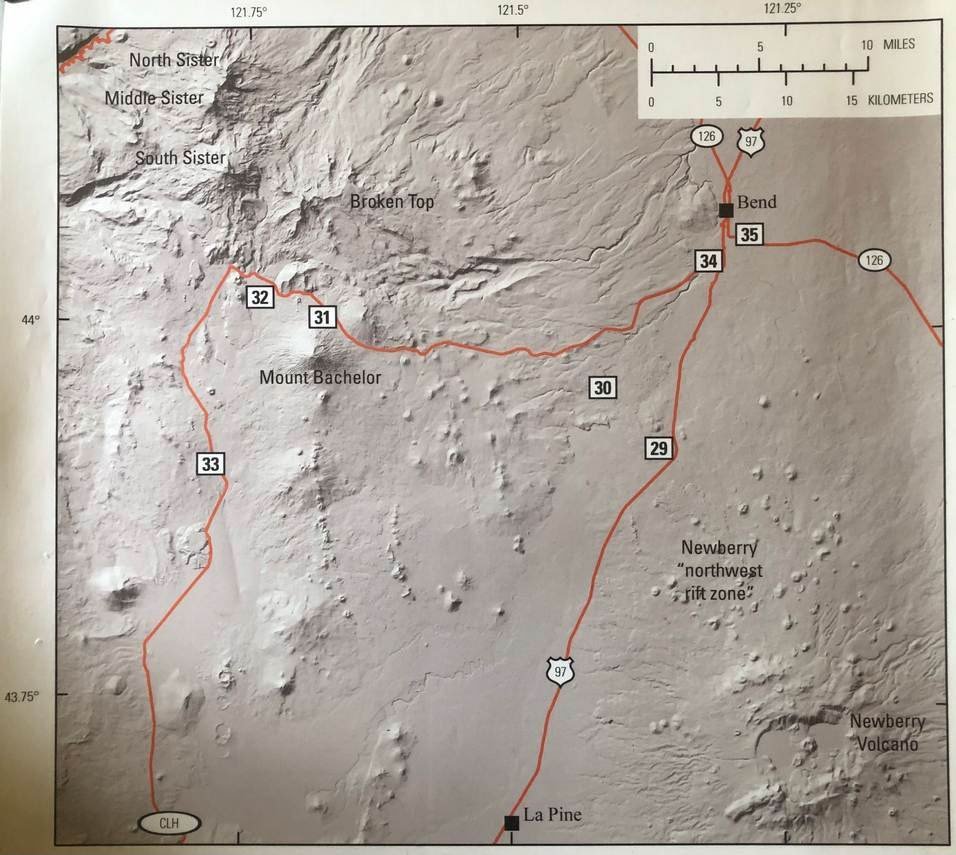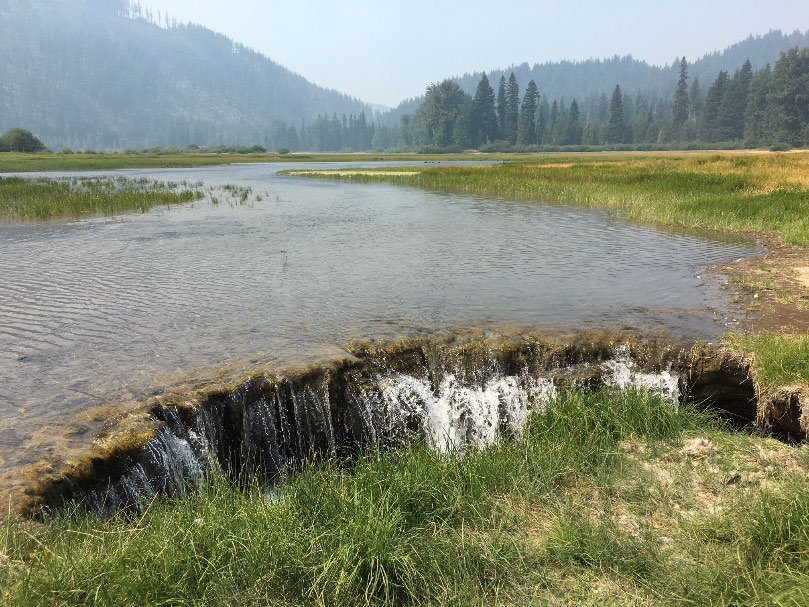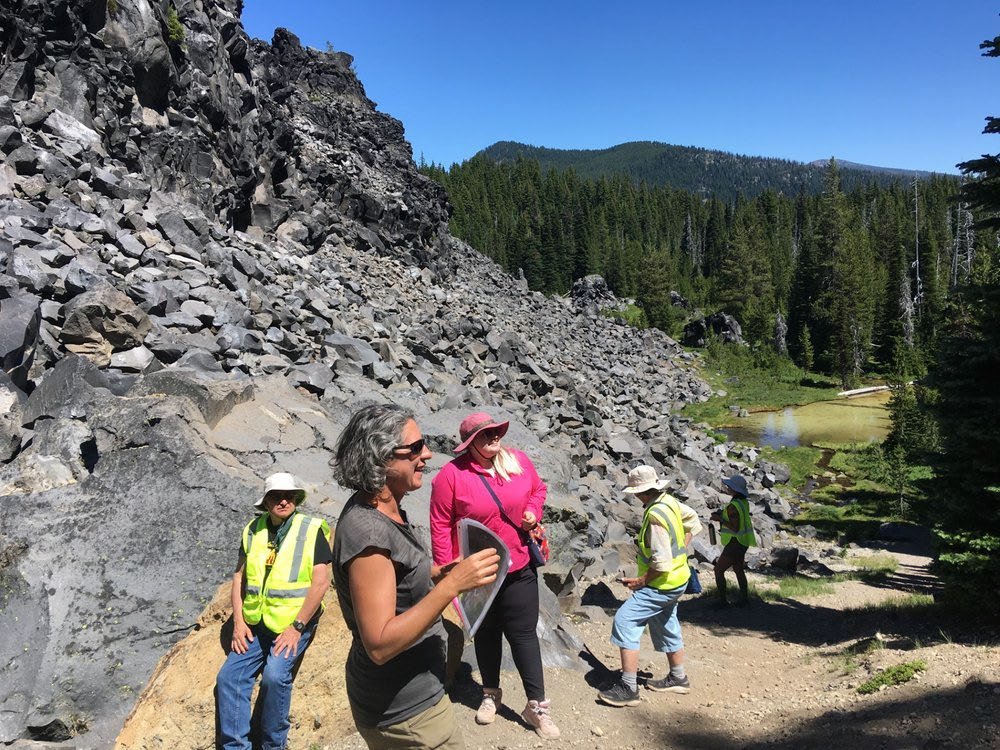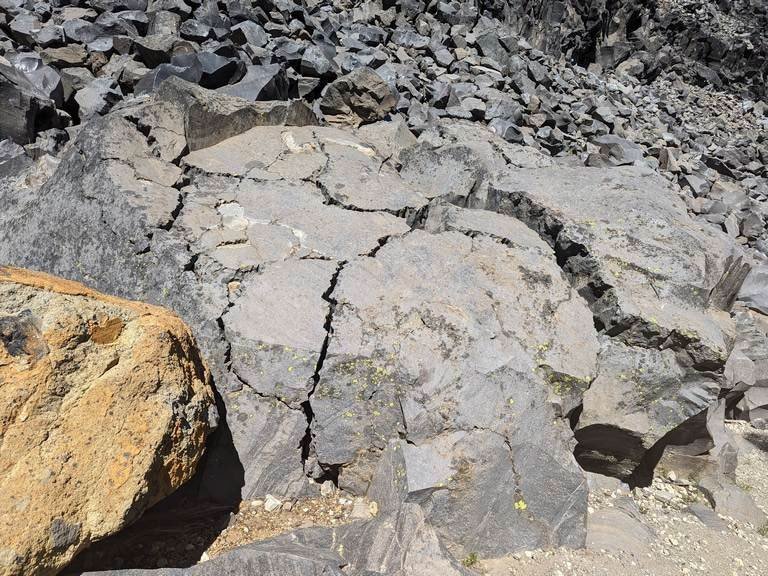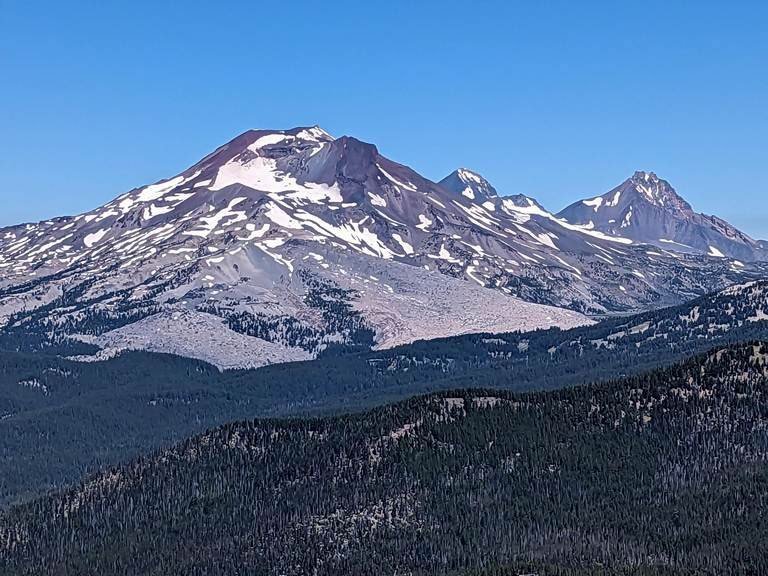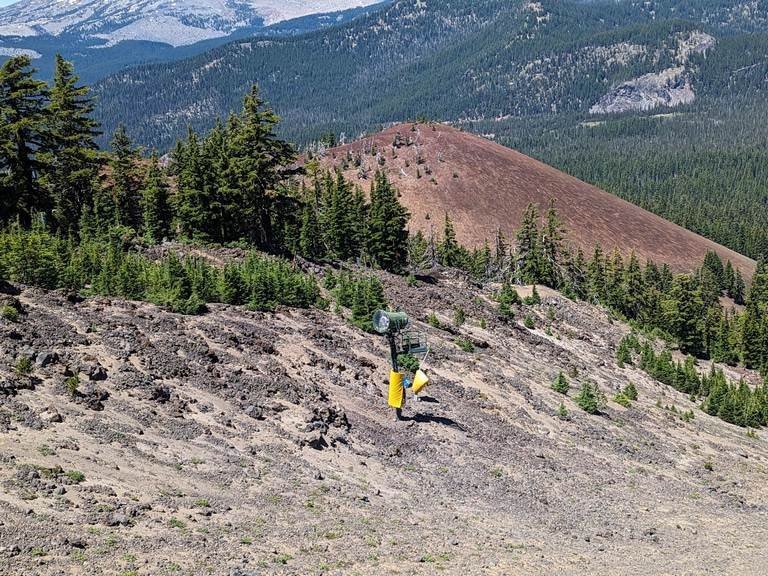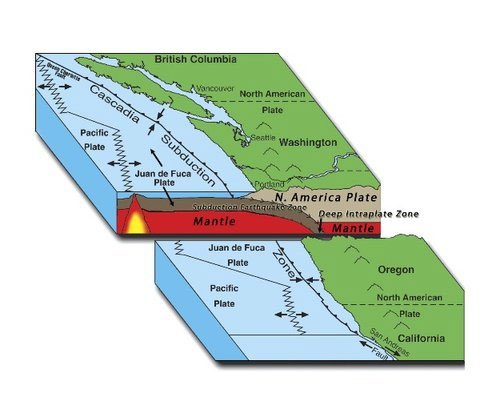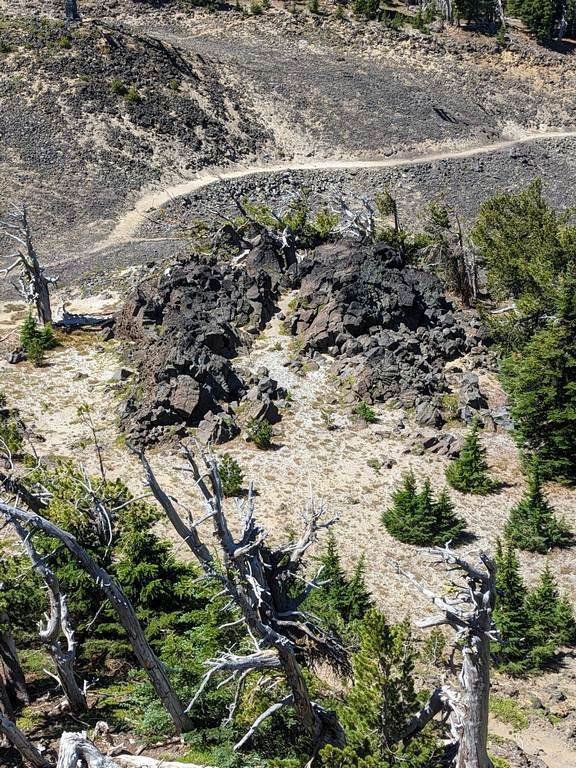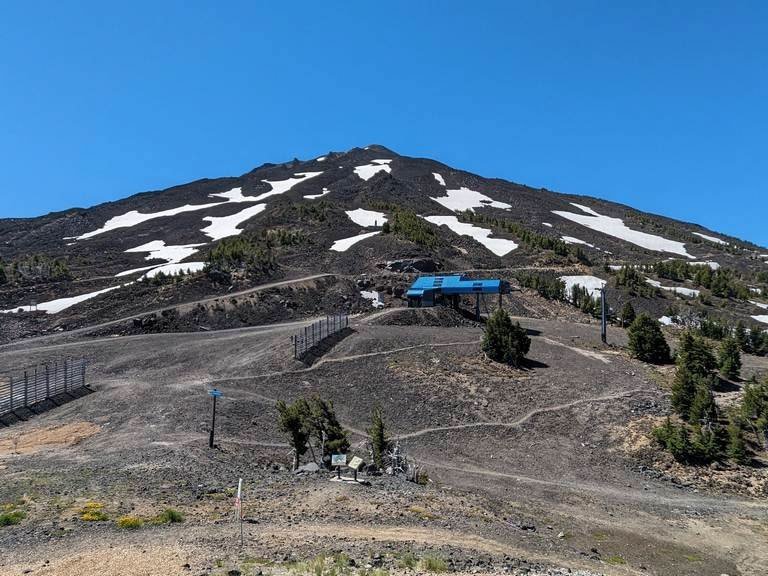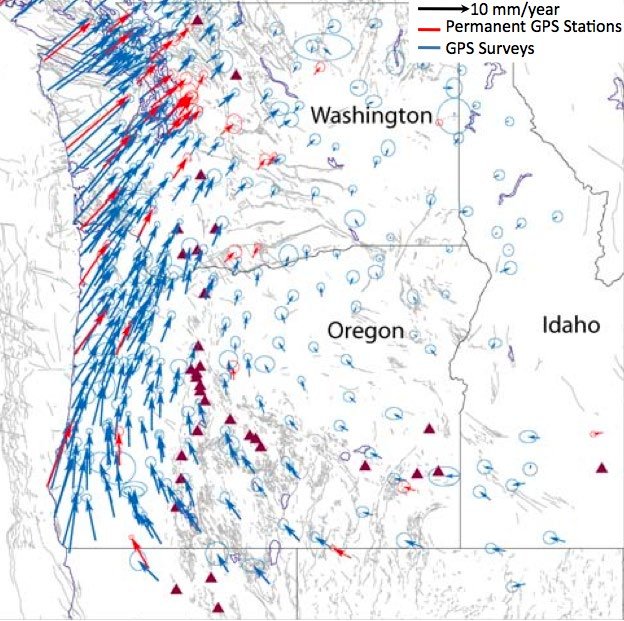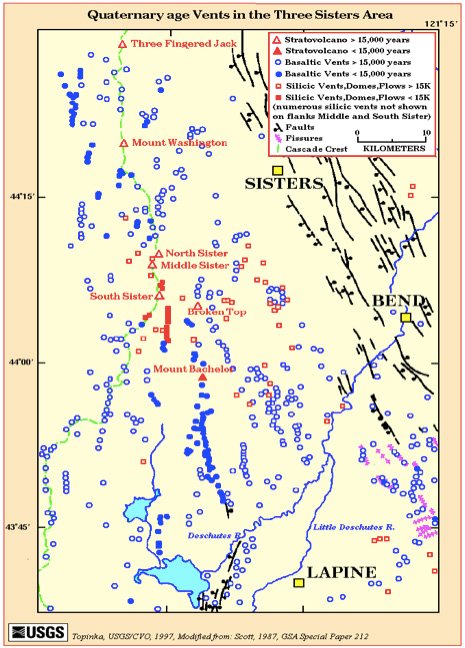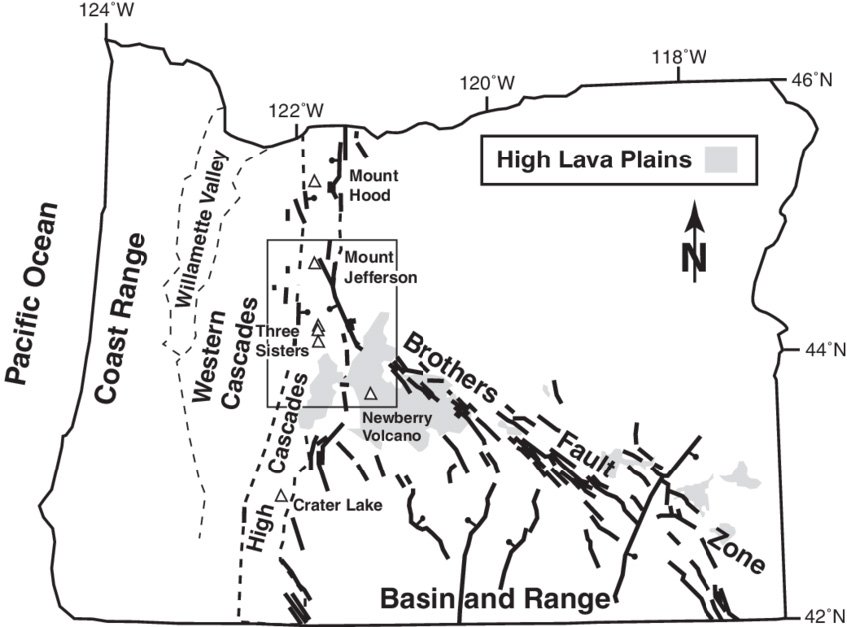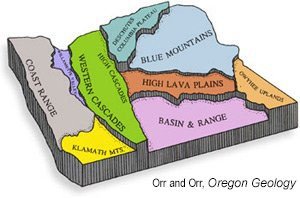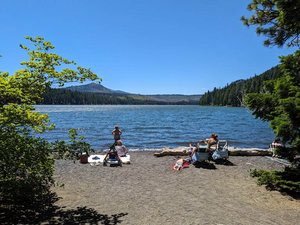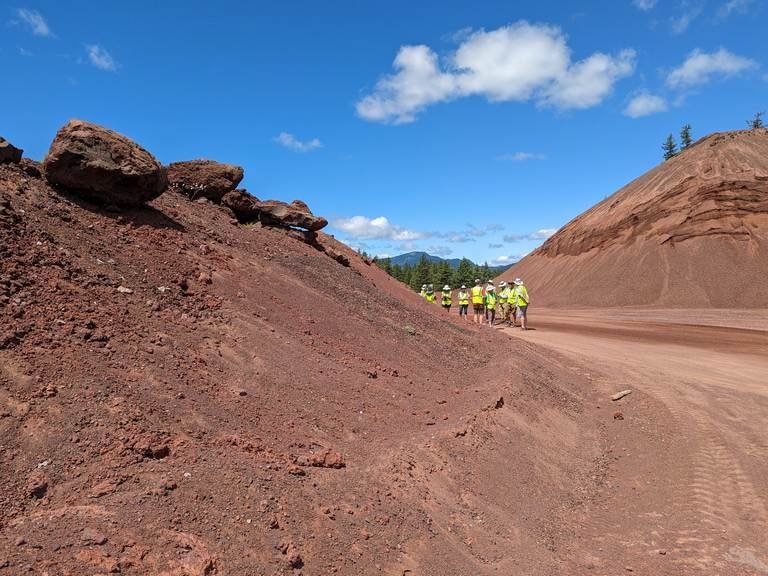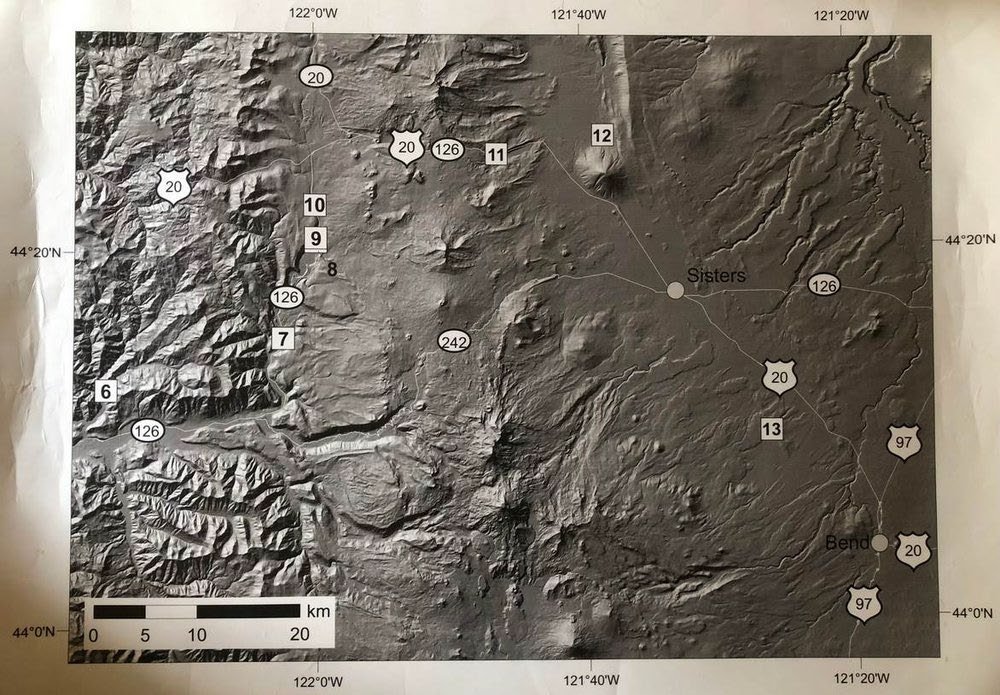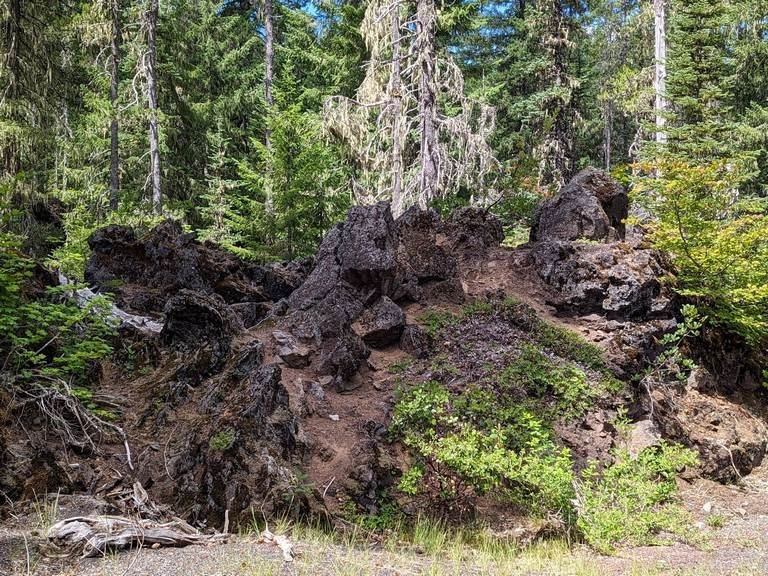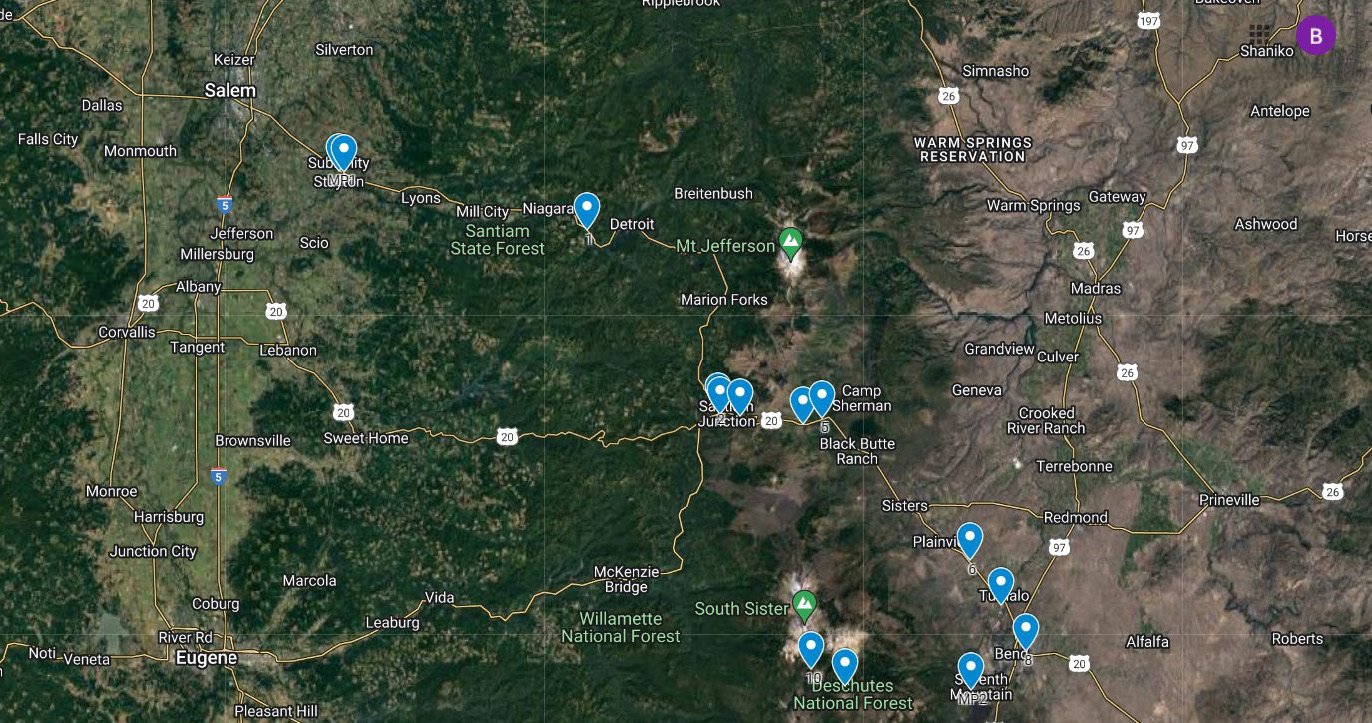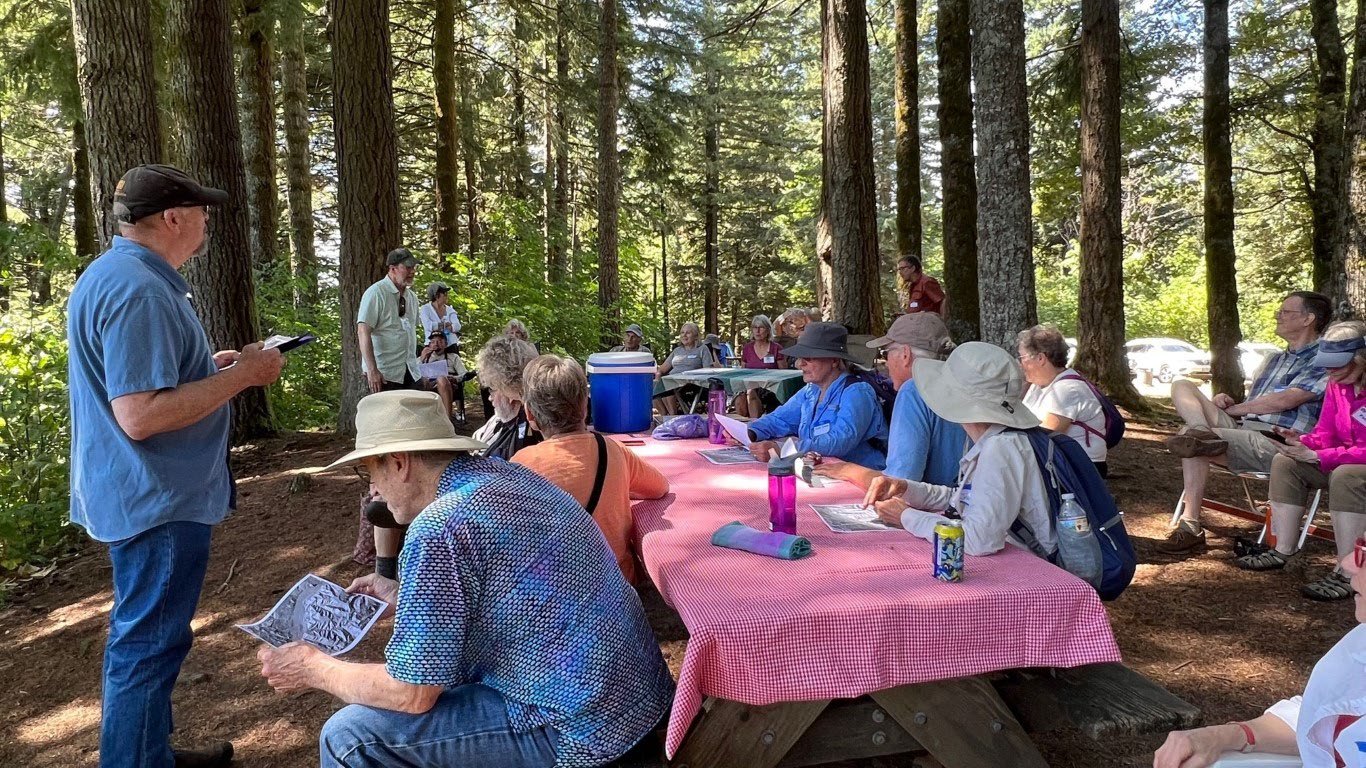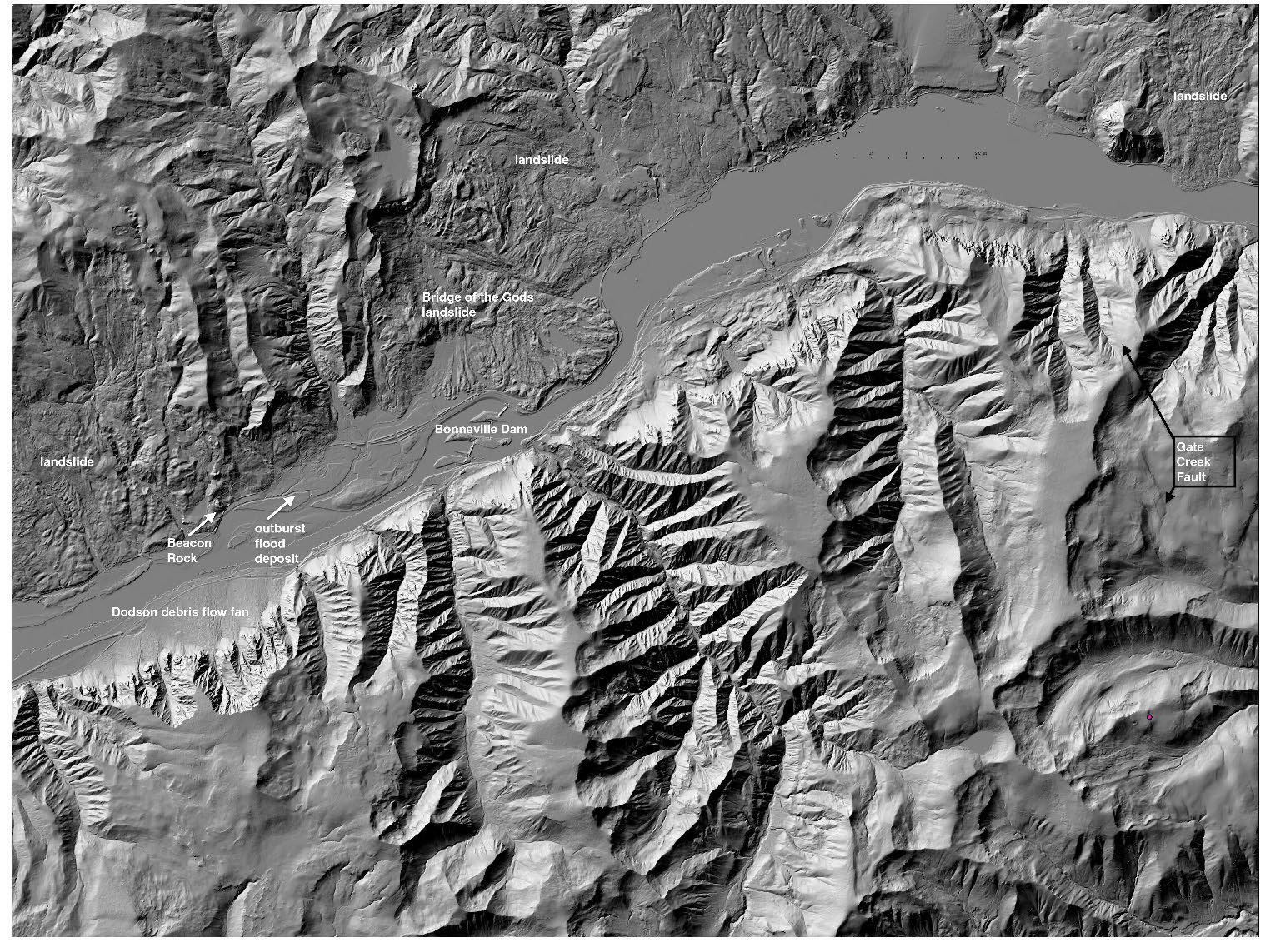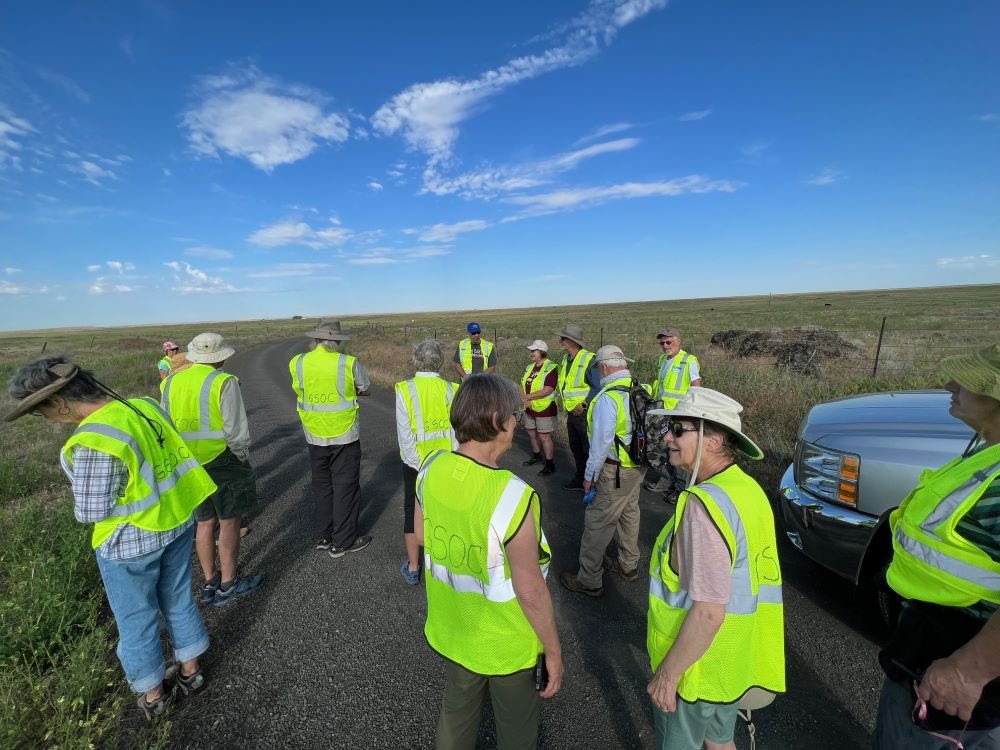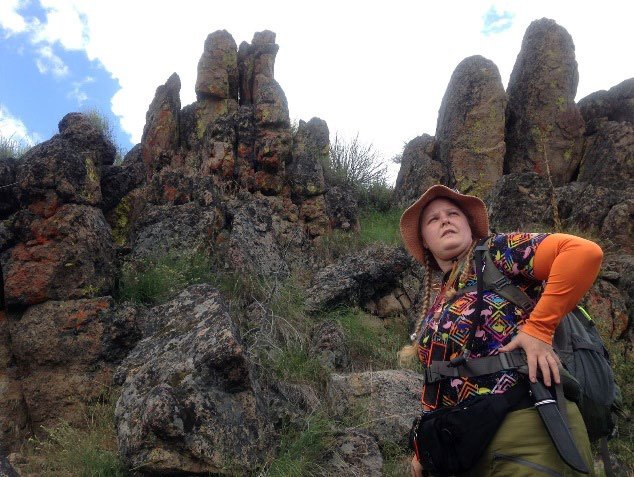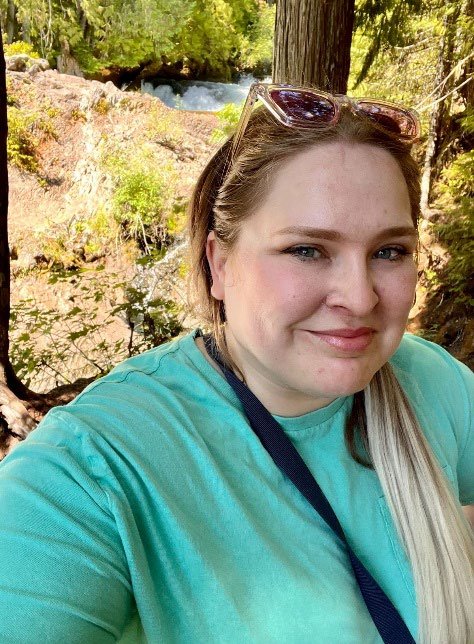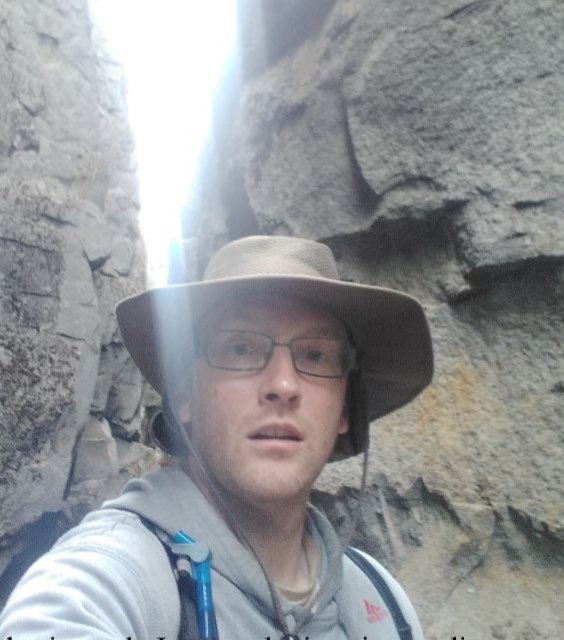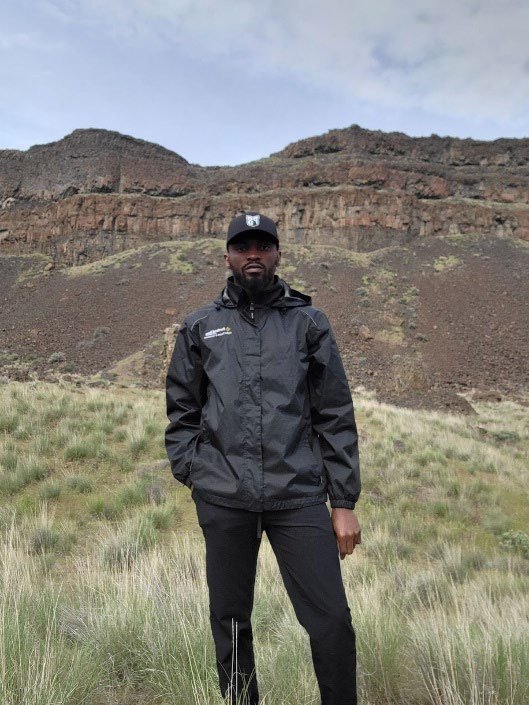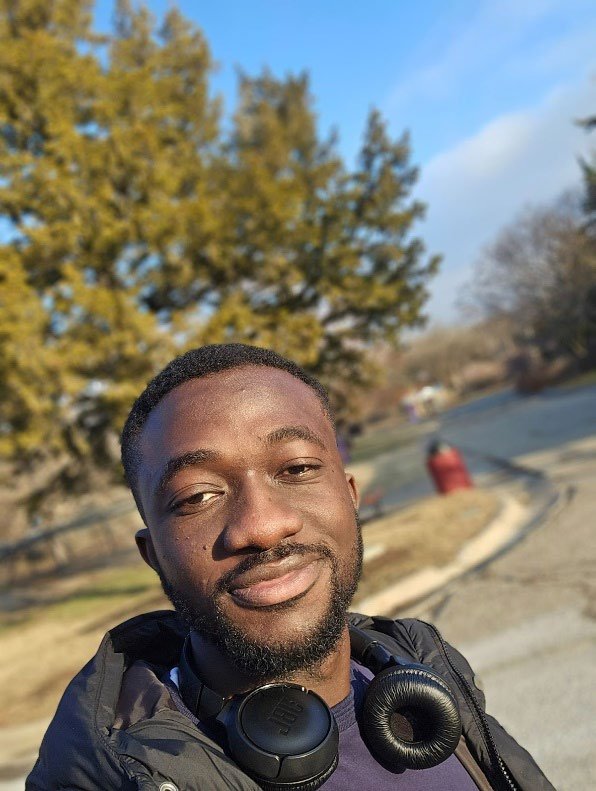1940 President John Cyprian Stevens
/John Cyprian Stevens, civil engineer, was born in Moline, Kansas, January 9, 1876, the son of Charles Freeman and Esther Meek (Kilgore) Stevens. His first paternal American ancestor was Cyprian Stevens, who came from England in 1660 and settled in Sudbury, Mass. His father was a minister of the Seventh Day Adventist Church. He received his preparatory education at grade and high schools in Knoxville, Iowa, and Union College, Lincoln, Nebraska, and was graduated B.S. in civil engineering at the University of Nebraska in 1905. He taught at Iowa country schools for several years and served in the Philippines during the Spanish-American war. In 1902 he was appointed assistant state engineer of Nebraska, and in the spring of 1904 was appointed assistant engineer in the U.S. Reclamation Service. He was able to complete his college work without severing his connection with the bureau, and following graduation he went to Denver, Colorado, in the interests of the bureau; then, after a year in Washington, D.C., he was transferred to Portland, Oregon, as district engineer in charge of water supply investigations In the Pacific Northwest.
1940 - JOHN CYPRIAN STEVENS (Charter Member)
In 1910 he resigned from government service to engage in the practice of engineering in Portland. In 1912 he went to Spain for the Pearson Engineering Corp. In 1915-16 he was engineer in charge of the West Okanogan Valley irrigation project In the state of Washington. He then resumed private practice in Portland, In 1920 he joined with Ray B. Koon in establishing the firm of Stevens & Koon.
In 1911 Mr. Stevens made a contract with Leupold & Volpel of Portland to manufacture a water level recorder of his design. He became a partner in the firm in 1915 under the name of Leupold, Volpel & Co. This was succeeded in 1940 by Leupold & Stevens Instruments, which now manufactures a great number of engineering instruments. All surveying instruments carry the name of Stevens.
His published writings include papers published by the U.S. Geological Survey and numerous articles in the Transactions of the International Engineering Congress, the Engineering News-Record, Journal of the Associated Engineering Societies, Transactions of the American Society of Civil Engineers, and others. He has been a member of the Oregon State Conservation Commission, member of the committee that drafted the water code of the state, vice-chairman of the superpower survey committee of the Pacific Northwest, and consulting engineer for the Portland sea wall and intercepting sewer development project.
In 1944 he was elected president of the American Society of Civil Engineers. He is also a member of the Professional Engineers of Oregon (first president in 1929), American Institute of Consulting Engineers, American Institute of Electrical Engineers, American Association of Engineers, Newcomen Society, Portland Chamber of Commerce, the Kappa Sigma, Sigma Xi, and Theta Nu Epsilon fraternities, and the Rotary and Irvington clubs of Portland.
He was founder and co-author of the first ritual of Sigma Tau, honorary engineering fraternity, and endowed the J. C. Stevens Award of the American Society of Civil Engineers for the best discussion of a paper on hydraulics published in the Transactions of the Society.
A C.E. degree was conferred on him by the University of Nebraska in 1928, and a Doctor of Engineering (honorary) degree by the Oregon System in 1938; also a Doctor of Engineering (honorary) degree by the University of Nebraska in 1947. For the past five years (since March 1945) Dr. Stevens has been president of the Oregon Museum Foundation. In politics he is a Republican. He was married in Lincoln, Nebraska, June 15, 1905, to Nancy, daughter of William and Margaret Ann Canning of Beatrice, Neb. They have three children: Jane Canning, who married A. Kimbrough Hackman; Martha Elizabeth, who married Donald Hay; Robert John Stevens, and an adopted granddaughter, Nancy Lou Stevens, who married Audiss Smith of Pontiac, Michigan.
After serving OMSI as president for thirteen years to Nov. 15, 1951, he was named by the Board as President Emeritus. The J. C. Stevens Hall of Hydrodynamics was officially dedicated during the week of June 21-27, 1958.
On July 1st 1953, he was hospitalized by a stroke which resulted in the loss of his ability to speak, Mrs. Stevens was also brought to the hospital, but was later released to a nursing home. She was finally brought home but died there on Nov. 5, 1953. After regaining a certain ability to speak, he remarried Ruth Newton on Feb. 12, 1954. They built a home at 6639 S. E. Yamhill Court. Their world trip is picturesquely written in The Autobiography of a Civil Engineer by John Cyprian Stevens.



